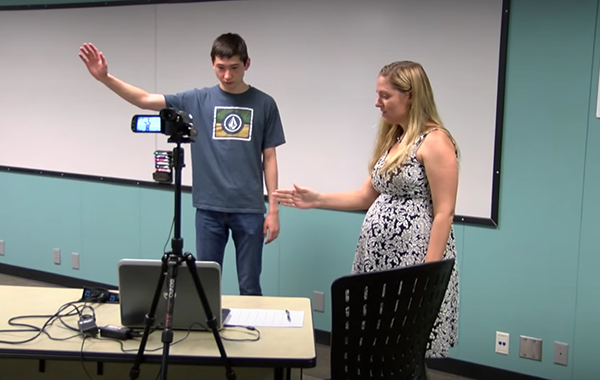Research Partnerships
These opportunities for project-based research in game design have been facilitated by SMU via various grants, licenses and technologies over the years.
Some of the organizations that have partnered with the SMU Guildhall Graduate Game Development Program for research initiatives include:
Public Sector Partnerships
National Institutes of Health, National Science Foundation, US Department of Education Institute of Education Sciences, US Department of Justice National Institute for Justice, Wellcome Trust UK, Medical Research Council (UK), America’s Army, Texas Educational Service Center, Region 13, and the Texas Film Commission
Academic Sector Partnerships
SMU Simmons School of Education & Human Development Departments of Teaching & Learning and Department of Leadership & Public Policy, SMU Dedman School of Humanities and Science Departments of Chemistry and Department of Psychology and Department of Economics, SMU Lyle School of Engineering Department of Computer Science, Johns Hopkins University, University of Wisconsin–Madison, Louisiana State University, MU University Research Council, University of Oklahoma, and University of North Carolina Chapel Hill
Nonprofit Sector Partnerships
Center for Advanced Pathogen and Response Simulations (CAPTRS), Retina Foundation of Southwest, Literacy Instruction of Texas (LIFT), Dollar General Family Literacy Foundation, XPRIZE, talkStem, The Centsibility Project, and the PC Gaming Alliance
Private Sector Partnerships
BALANCED Media | Technology (BMT), Raytheon, Pangiam, Nerd Kingdom, Epic, Valve, Sony, nVidia, Samsung, Microsoft, Nintendo, Intel, Dell, Oculus VR, IBM, SJVR, Metalworking Fluid, and Complexity Gaming













